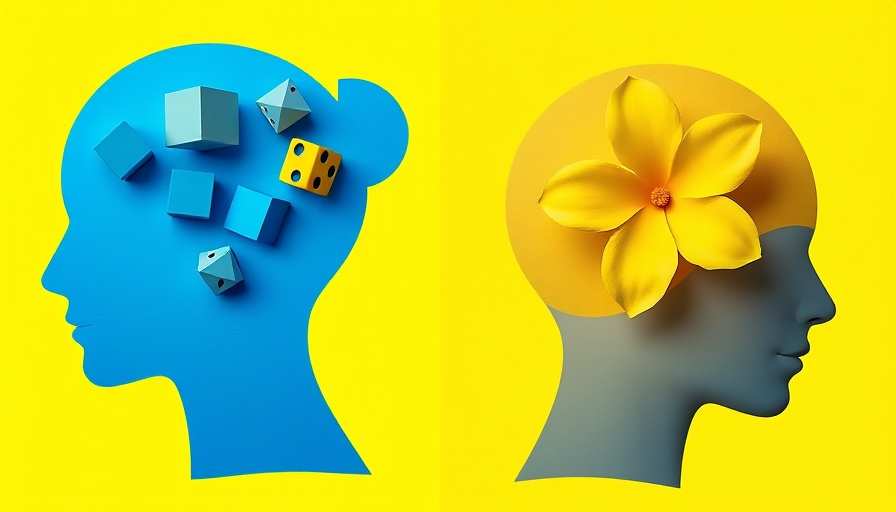
Understanding Neurodiversity and Mindfulness
In an increasingly fast-paced work environment, mindfulness has emerged as a popular strategy for enhancing focus and reducing stress. However, for many individuals, especially those in neurodiverse communities, traditional mindfulness practices can be counterproductive. Exploring the intersection of mindfulness and autism sheds light on the importance of inclusivity in teaching these practices.
What Happens When Mindfulness Fails?
Consider the story of a young autistic woman whose experience with mindfulness was anything but serene. Initially encouraged by a clinician to practice mindfulness for anxiety relief, she found herself overwhelmed, feeling as if her breath were a noose tightening around her throat. This is a stark reminder that what might work as a calming tool for neurotypical individuals can exacerbate anxiety for someone on the autism spectrum.
Why Inclusivity Matters in Mindfulness
The mindfulness community has begun recognizing the need for more inclusive practices, yet many neurodiverse individuals still feel marginalized. According to research conducted at the Azrieli Adult Neurodevelopmental Centre, numerous participants identified themselves as "mindfulness drop-outs," revealing an urgent need to adapt practices to accommodate diverse neurological profiles.
Rethinking Mindfulness Techniques
Practices like body scans or breath observations can trigger adverse reactions in some neurodiverse individuals. Standardized techniques often ignore the unique sensory sensitivities that people with conditions such as autism or ADHD may experience. It is essential for mindfulness teachers to cultivate a flexible approach to engage all learners meaningfully. For instance, visualizations or movement-based activities may prove more accessible and beneficial for some, as they allow for expression and engagement without the pressure of seated stillness.
Promoting Understanding: Bridging Gaps in Communication
Educators and mindfulness teachers need to foster an environment where all learners feel valued. This involves actively listening to the experiences of neurodiverse individuals and being open to feedback about their responses to various practices. When mindfulness is taught in a way that respects and celebrates diversity in brain function, it can open new avenues for healing and personal growth.
Future Directions: Creating Accessible Mindfulness Practices
Looking ahead, the mindfulness community must engage in a broader dialogue about accessibility. This is not only a matter of adapting existing practices but also about developing new frameworks and methodologies that center neurodiverse needs. Educators must aim to create mindful environments where everyone can succeed, ensuring that no one feels shame or failure when approaching mindfulness.
Embracing Neurodiversity: Real Stories of Transformation
Through collecting stories from neurodiverse individuals, educators can begin to understand how to bring mindfulness into the lives of those who may otherwise feel out of place in such practices. For example, incorporating elements like nature walks or art-based mindfulness strategies can help bridge the divide and celebrate each person’s unique journey.
Conclusion: A Call for Action in Mindfulness Inclusivity
As we continue to explore mindfulness in the modern workplace, it is imperative for organizations to consider how inclusivity can enhance mental health and productivity. By acknowledging and adapting practices for neurodiverse individuals, we foster not just compassion but tangible benefits, improving overall workplace dynamics. This shift in mindfulness teaching heralds the potential for a more harmonious workplace that celebrates the rich tapestry of human experience. If you're a workplace leader or educator, consider taking action now—embrace the principles of inclusive mindfulness and make your environment a healthier, more supportive space for everyone.
 Add Row
Add Row  Add
Add 




 Add Row
Add Row  Add
Add 

Write A Comment